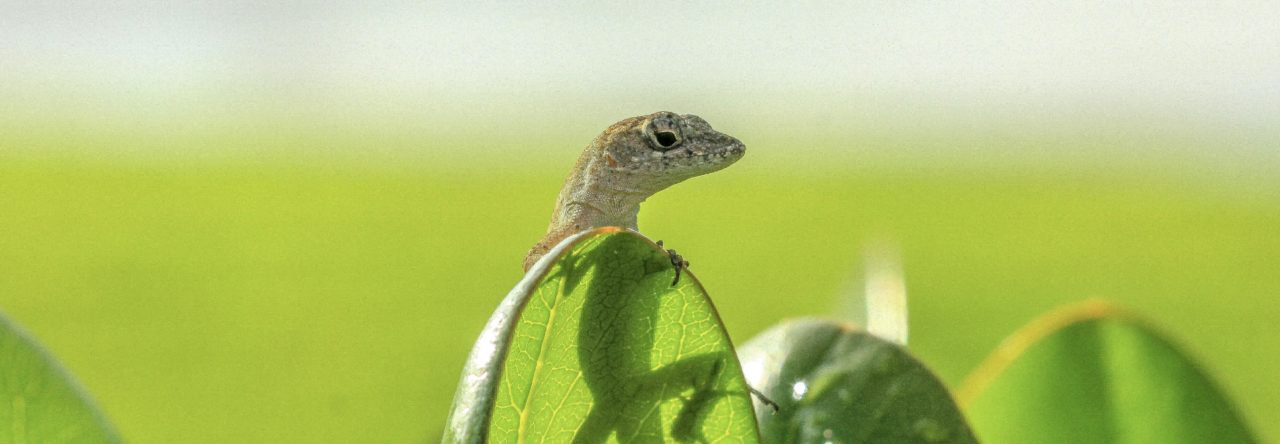
Chris Thawley presenting his work at SICB 2020
Citizen science is a collaboration between scientists and the general public to advance scientific research. A major citizen science project is iNaturalist. In iNaturalist, anyone can submit an observation of an organism, which includes the date and location. It provides a database over a large area and a long time that would be extremely costly for scientists alone to collect. However, the data’s suitability for ecological analysis is uncertain.
To shine some light on the robustness of citizen science data, Chris Thawley, a visiting assistant professor at Davidson College, worked in collaboration with Amy Kostka, an undergraduate at the University of Rhode Island. When the project was developed, Chris was a postdoc in Jason Kolbe’s lab at the University of Rhode Island. As Amy was unable to go into the field, iNaturalist provided the perfect opportunity for her to experience the research process. They decided to compare established hypotheses of native green anoles (Anolis carolinensis) and invasive brown anoles (Anolis sagrei) against the iNaturalist data. They first coded the anoles’ sex, habitat use, behavior, and morphology, and then compared their coded data against existing hypotheses.
Overall, they found that the iNaturalist data corresponded with existing hypotheses of green and brown anoles. Male brown anoles displayed more frequently than male green anoles, in accordance with results in this paper. Males had broken tails more frequently than females regardless of species, likely due to the more risky behaviors conducted by male anoles than females anoles. Green anoles perched more frequently on natural substrates and perched more frequently in a vertical orientation than brown anoles, in accordance with findings by Stuart et al. (2014). Additionally, the brown and green anoles’ reproductive time period (as measured by when hatchlings emerged) matched with the literature.
iNaturalist is a fantastic tool for individuals who are unable to conduct fieldwork, but still want the research experience. However, Chris pointed out that iNaturalist has spatial biases towards urban areas and temporal biases towards the present day. Additionally, it is necessary to sort and clean the data and to train individuals to standardize coding. This study demonstrates that iNaturalist is still a powerful tool and can be used to estimate phenological patterns, differences between sexes, and corroborate existing hypotheses. Chris hopes that, in the future, iNaturalist could be used to generate new hypotheses.
















